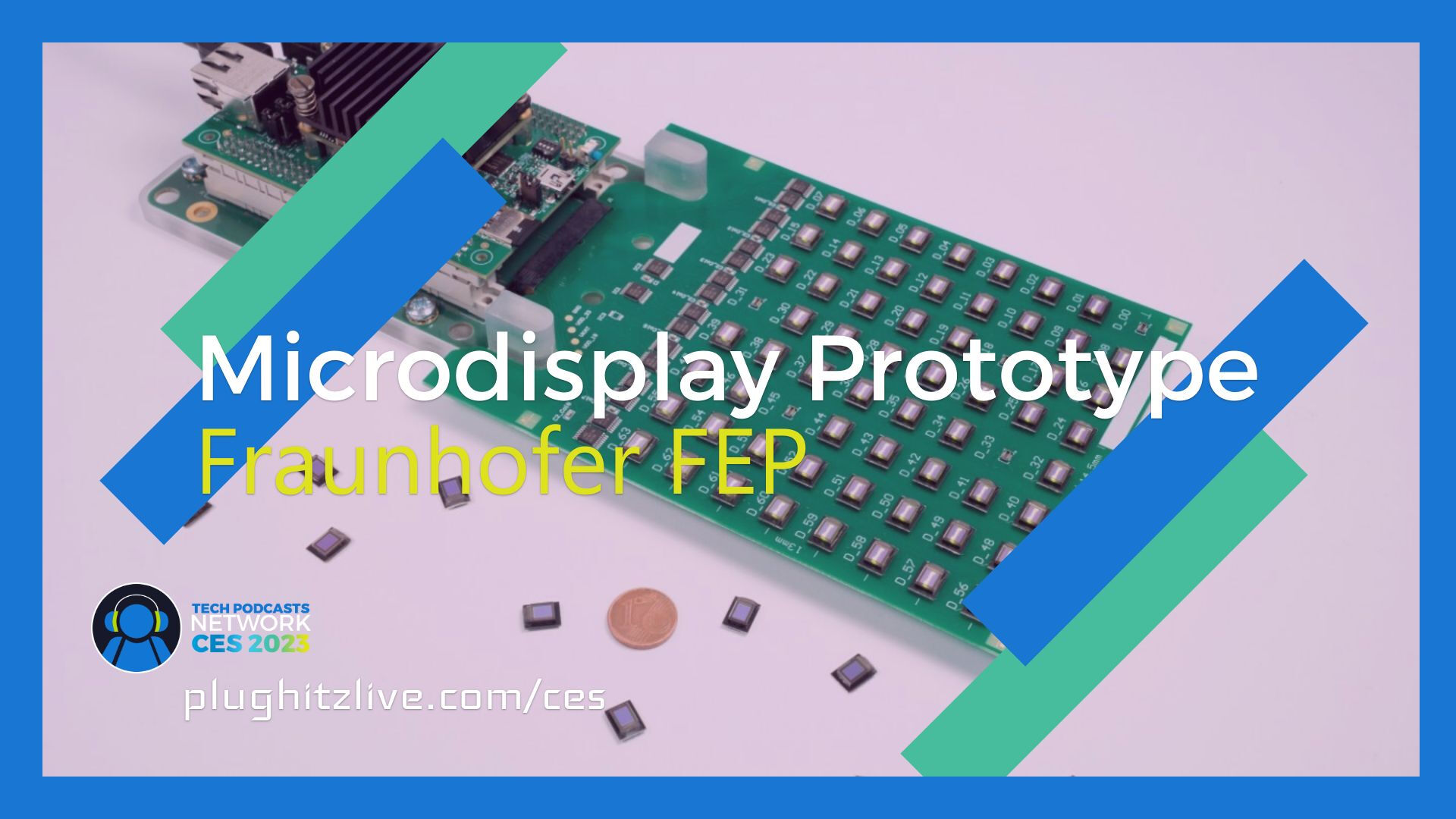At CES 2023, we had a lot of conversations about virtual reality, augmented reality, and mixed reality. Some companies discussed hardware, a lot discussed software, but very few discussed the most important part - the screen that powers the experience. Despite the importance of this particular piece of the puzzle, most screens have been okay at best. However, thanks to the researchers at Fraunhofer FEP, we could see a big change in the future.
What is Fraunhofer FEP?
Fraunhofer FEP is a research arm of the greater Fraunhofer corporation. This division gets the opportunity to explore the world of the future through the development of new concepts and technologies. Among the projects they have taken on are metal sheet and strip coatings, component coating, flexible organic electronics, and flexible glass. The project that applies to our virtual reality future, however, comes in the form of microdisplays.
The group responsible for this technology prototype focuses on micro technologies in both the display and the sensor arenas. Combining this expertise, they have developed a microdisplay that is ideal for virtual reality, augmented reality, and mixed reality hardware. Fortunately, we were treated to a show and tell of sorts, with a conceptual prototype device using this display as its focal point.
The conceptual product is somewhere between an augmented reality device and a heads up display designed for the real world. The entirety of the hardware was attached to a standard no frills visor, showing that it is a small device with a very light weight. If augmented reality is the goal, then being unobtrusive and uncumbersome is going to be a requirement.
How this display fixes the mistakes of the past
For augmented reality and portable heads up display technology, the past has not been kind. The most notable example of this was the Google Glass - a product that had a couple of major failure points. The first was its profile. It was so obvious and obnoxious that a nickname was treated for people who owned them, and it was not pleasant.
But, the wearers didn\'t have control over the hardware design. And, in fact, Google had little control over it, either. Because of the display technology of the moment, and the size of the computing needs, the device had a very obvious profile that made it obvious that you were wearing it. Computing technology has shrunk in recent years, but the displays have not changed that much.
Another issue that Google Glass had that led to its cancelation was the resolution. While the company had hoped to get large adoption, it was nearly impossible because of how little information could be displayed on the tiny screen at once.
The Fraunhofer FEP microdisplay technology, however, is designed to address these problems head on. The size and weight of the device is small enough to be unobtrusive on the visor on the table, and the resolution lives up to a more modern technological desire, making it the perfect screen for modern hardware.
Summary
The Fraunhofer FEP microdisplay technology is a research product that the company is hoping to license for implementation into products. To learn more about the company and engage with them about the display technology, head over to their website.
Interview by Todd Cochrane of Geek News Central.
